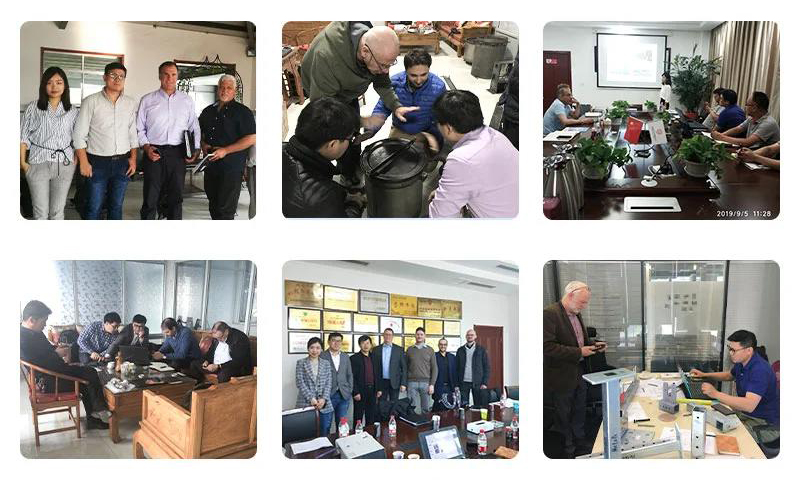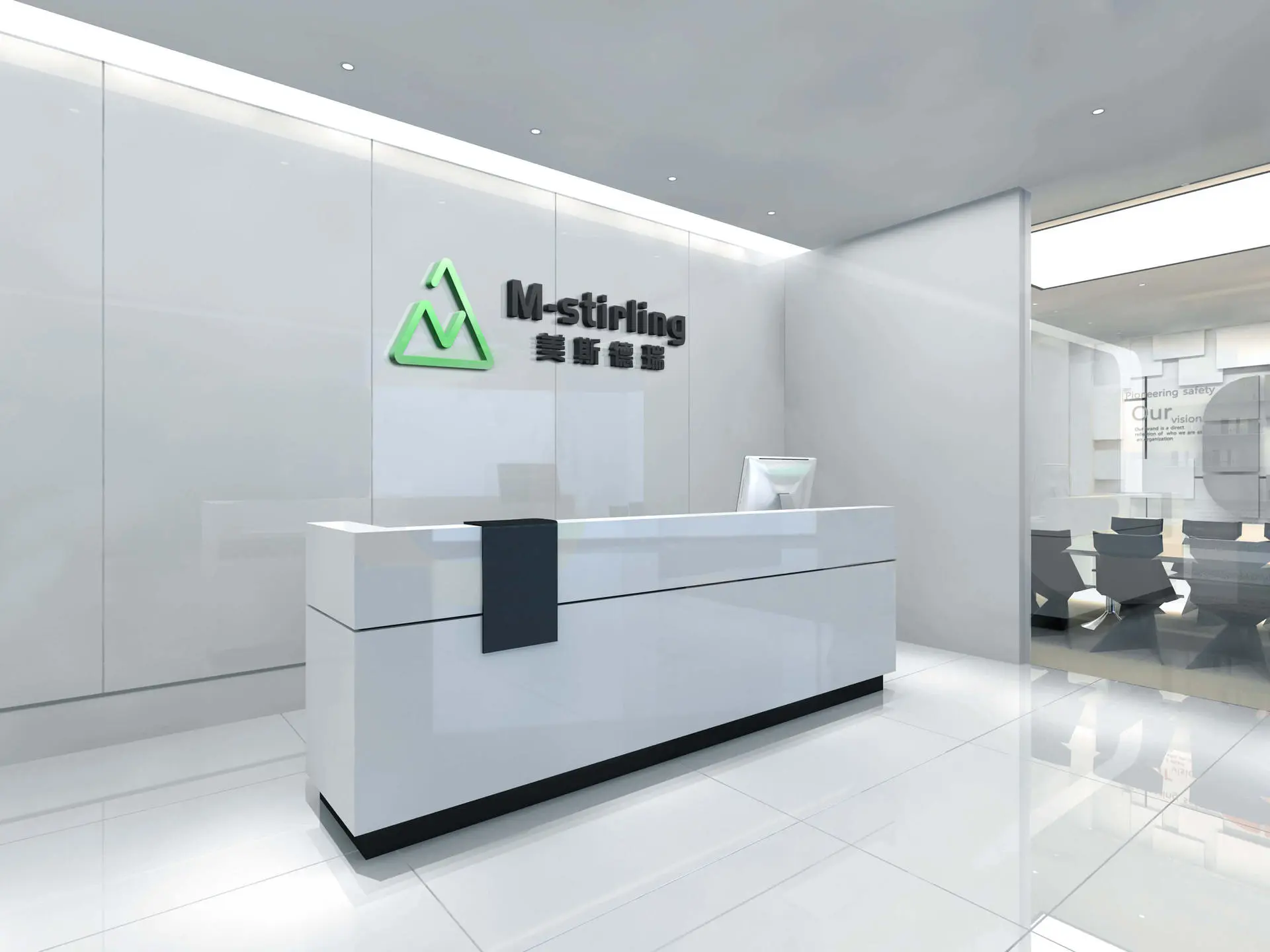- All
- Product Name
- Product Keyword
- Product Model
- Product Summary
- Product Description
- Multi Field Search



| Availability: | |
|---|---|
Product name : Hot sale standard and custom pc water cooling radiator
A standard PC water cooling radiator is a heat exchanger designed to dissipate heat generated by the computer's CPU and other components using a liquid cooling system. It is typically made of metal, such as aluminum or copper, and consists of a series of narrow, parallel channels or tubes through which liquid coolant flows.
The radiator is usually mounted inside the computer case, either on the front or back panel or on the top, and is connected to other components in the liquid cooling loop with hoses or tubing. As hot coolant from the CPU flows into the radiator, it is cooled by passing through the channels or tubes, which are in turn cooled by a fan or fans mounted on the radiator. The cooled coolant then flows back to the CPU to absorb more heat.
The size and number of fans on a radiator can vary depending on its design and intended use. Larger radiators with more fans generally have greater cooling capacity, but also require more space inside the computer case and may generate more noise.
PRODUCT DESCRIPTION | ||
NO. | ITEM | DESCRIPTION |
1 | Material | Aluminum alloy |
2 | Dimension (L*W*T) | 393 x 120 x 32 mm |
3 | Cooling Capacity | 500 W |
4 | Working Pressure | 1 bar |
5 | Flow rate | 4 L/min |
6 | Fitting | G 1/4" |
7 | Manufacturing Method | Brazing and welding |
8 | Cooling Method | Water to air |
9 | Surface Finish | Powder coating |
10 | Coolant | Deionized Water,Inhibited Glycol and Water,Dielectric fluid |
11 | Warranty time | 1 year |
12 | Place of Region | Jiangsu province of China |
13 | Reference Standard | GB/T 3190-2008,GB/T 14846-2008,ISO 2768 |
Other available sizes include 13.5 x 9.8 x 3.2 cm, 15.7 x 12 x 3.2 and 27.5 x 12 x 3.2 cm.
M-stirlings's radiators include
◆ Auto car radiators
◆ PC computer cooling radiators
◆ Motorcycle or electrical bicycle cooling radiators
◆ Vacuum or CAB brazed aluminum intercooler with aluminum extruded tanks welded




About PC radiator
What is a radiator in a PC?
Radiator main function is to cool down the liquid flowing inside the loop. As the liquid flows through the copper tubing, the radiator fins absorb the heat from the water, then the fins are cooled by the fans attached to the radiator.
Are radiators good for PC?
Having a good radiator is essential for maximum heat dissipation and CPU performance. Just like your car, radiators are used to dissipate heat outside the system. Hot cooling fluids flow through the radiator fins which heat them up and is dissipated with the help of fans.
Are PC radiators for water cooling?
Radiators are potentially the most important component in any liquid cooled computer. As heat is extricated from your components by way of waterblocks, the heat is then dissipated using a radiator in very much the same way that a car's engine would be cooled.
Why does a PC need a radiator?
CPU coolers are designed to dissipate heat produced by the processor that sits at the heart of your PC. The fans, radiators, and other elements in these cooling components allow for the accumulated heat energy to flow away from vital working parts without damaging the hardware.
Product name : Hot sale standard and custom pc water cooling radiator
A standard PC water cooling radiator is a heat exchanger designed to dissipate heat generated by the computer's CPU and other components using a liquid cooling system. It is typically made of metal, such as aluminum or copper, and consists of a series of narrow, parallel channels or tubes through which liquid coolant flows.
The radiator is usually mounted inside the computer case, either on the front or back panel or on the top, and is connected to other components in the liquid cooling loop with hoses or tubing. As hot coolant from the CPU flows into the radiator, it is cooled by passing through the channels or tubes, which are in turn cooled by a fan or fans mounted on the radiator. The cooled coolant then flows back to the CPU to absorb more heat.
The size and number of fans on a radiator can vary depending on its design and intended use. Larger radiators with more fans generally have greater cooling capacity, but also require more space inside the computer case and may generate more noise.
PRODUCT DESCRIPTION | ||
NO. | ITEM | DESCRIPTION |
1 | Material | Aluminum alloy |
2 | Dimension (L*W*T) | 393 x 120 x 32 mm |
3 | Cooling Capacity | 500 W |
4 | Working Pressure | 1 bar |
5 | Flow rate | 4 L/min |
6 | Fitting | G 1/4" |
7 | Manufacturing Method | Brazing and welding |
8 | Cooling Method | Water to air |
9 | Surface Finish | Powder coating |
10 | Coolant | Deionized Water,Inhibited Glycol and Water,Dielectric fluid |
11 | Warranty time | 1 year |
12 | Place of Region | Jiangsu province of China |
13 | Reference Standard | GB/T 3190-2008,GB/T 14846-2008,ISO 2768 |
Other available sizes include 13.5 x 9.8 x 3.2 cm, 15.7 x 12 x 3.2 and 27.5 x 12 x 3.2 cm.
M-stirlings's radiators include
◆ Auto car radiators
◆ PC computer cooling radiators
◆ Motorcycle or electrical bicycle cooling radiators
◆ Vacuum or CAB brazed aluminum intercooler with aluminum extruded tanks welded




About PC radiator
What is a radiator in a PC?
Radiator main function is to cool down the liquid flowing inside the loop. As the liquid flows through the copper tubing, the radiator fins absorb the heat from the water, then the fins are cooled by the fans attached to the radiator.
Are radiators good for PC?
Having a good radiator is essential for maximum heat dissipation and CPU performance. Just like your car, radiators are used to dissipate heat outside the system. Hot cooling fluids flow through the radiator fins which heat them up and is dissipated with the help of fans.
Are PC radiators for water cooling?
Radiators are potentially the most important component in any liquid cooled computer. As heat is extricated from your components by way of waterblocks, the heat is then dissipated using a radiator in very much the same way that a car's engine would be cooled.
Why does a PC need a radiator?
CPU coolers are designed to dissipate heat produced by the processor that sits at the heart of your PC. The fans, radiators, and other elements in these cooling components allow for the accumulated heat energy to flow away from vital working parts without damaging the hardware.

